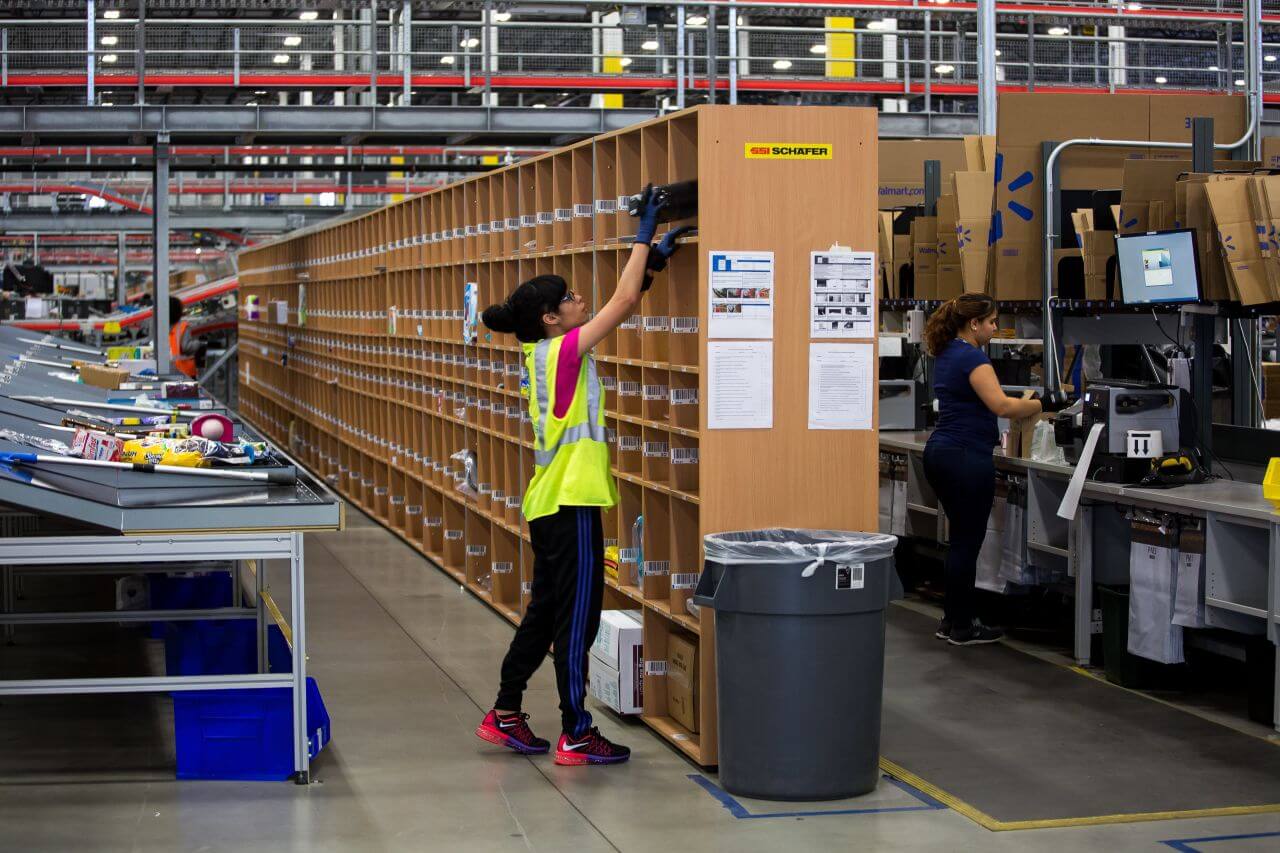Inventory Turnover Ratio Explained (Calculation Formula & Examples)
What is the Inventory Turnover ratio?
The inventory turnover ratio is the number of times a company has sold and replenished its inventory over a specific amount of time. The formula can also be used to calculate the number of days it will take to sell the inventory on hand. A high inventory turnover generally means that goods are sold faster and a low turnover rate indicates weak sales and excess inventories, which may be challenging for a business.
Importance of Inventory Turnover for a Business
The inventory turnover ratio is a really useful financial metric, especially for those companies that have inventory. It measures the number of times a company's inventory is sold and replaced over a specific period, typically a year. A higher inventory is usually better, though there may be downsides to a high turnover.

Like most other ratios, analyzing the inventory turnover ratio in conjunction with industry benchmarks and historical trends provides valuable insights into a company's operational efficiency and competitiveness. On its own, the turnover ratio may not mean much. However, tracking it over time or comparing it against another company's ratio can be more insightful.
To assess business performance, you must know how fast inventory sells, how effectively it meets the market demand, and how its sales stack up to other products in its class category. Businesses rely on inventory turnover to evaluate product effectiveness, as this is the business’s primary source of revenue. Higher stock turns are favorable because they imply product marketability and reduced holding costs, such as rent, utilities, insurance, theft, and other costs of maintaining goods in inventory.
Another purpose of examining inventory turnover is to compare a business with other businesses in the same industry. Companies gauge their operational efficiency based on whether their inventory turnover is at par with, or surpasses, the average benchmark set per industry standards.
How to Calculate Inventory Turnover Ratio
Inventory turnover ratio formula:
Inventory Turnover Ratio = Cost of Goods Sold / Average Inventory
hoặc: Inventory Turnover Ratio = (Cost of Goods Sold)/(Average Inventory)
What counts as a “good” inventory turnover ratio will depend on the benchmark for a given industry. In general, industries stocking products that are relatively inexpensive will tend to have higher inventory turnover ratios than those selling big-ticket items. Inventory and accounts receivable turnover ratios are extremely important to companies in the consumer packaged goods sector.
What is Cost of Goods Sold?
The cost of goods sold is an expense incurred from directly creating a product, including the raw materials and labor costs applied to it.
However, in a merchandising business, the cost incurred is usually the actual amount of the finished product (plus shipping cost if any is applicable) paid for by a merchandiser from a manufacturer or supplier.
In both types of businesses, the cost of goods sold is properly determined by using an inventory account or list of raw materials or goods purchased that are maintained by the owner of the company.
What is Average Inventory?
Average inventory is the average cost of a set of goods during two or more specified time periods. It takes into account the beginning inventory balance at the start of the fiscal year plus the ending inventory balance of the same year. These two account balances are then divided in half to obtain the average cost of goods resulting in sales.
Average inventory does not have to be computed on a yearly basis; it may be calculated on a monthly or quarterly basis, depending on the specific analysis required to assess the inventory account.
Limitations of Inventory Turnover Ratio
Industry Variability
Different industries have varying norms and practices regarding inventory management. This means there are going to be natural differences in ideal turnover ratios. Comparing turnover ratios across industries without considering these differences can be misleading.

Seasonal Fluctuations
Some businesses experience significant seasonal variations in demand, which can affect inventory turnover ratios. A high turnover ratio during peak seasons may skew the overall ratio, and companies may look worse even though they've adequately planned for the slower seasons.
Cost Variations
The inventory turnover ratio is based on the cost of goods sold, which may fluctuate due to changes in production costs, raw material prices, or currency exchange rates. These fluctuations can impact the accuracy and comparability of turnover ratios over time.
Overlooked Carrying Costs
While a high turnover ratio is generally seen as positive, it may overlook the costs associated with maintaining low inventory levels.
For example, a company may incur high fees related to stockouts, rush orders, and lost sales opportunities for moving too fast. Businesses should consider the balance between inventory turnover and the associated carrying costs to optimize profitability.
Ignoring Lead Times
The inventory turnover ratio does not account for lead times or the time it takes to replenish inventory. A high turnover ratio may indicate efficient sales, but if lead times are long, it could lead to stockouts and potential customer dissatisfaction if inventory is not replenished.
Example of Inventory Turnover Calculation
For fiscal year 2022, Walmart Inc. (WMT) reported:
- Cost of goods sold: $429B
- Beginning inventory balance: $44.9B
- Ending inventory balance: $56.5B
Walmart’s inventory turnover ratio for the year was: 429 ÷ [(56.5 + 44.9)/2] = 8.5
Since 365 ÷ 8.5 = 42, this showed that Walmart turned over its inventory every 42 days on average during the year.

Fast-forward to 2024, Walmart reported:
- Cost of goods sold: $490B
- Beginning inventory balance: $56.6B
- Ending inventory balance: $54.9B
Walmart's inventory turnover ratio for 2024 was: 490 ÷ [(56.6 + 54.9)/2] = 8.8
This signals that from 2022 to 2024, Walmart increased its inventory turnover ratio. Management should further explore the cause; it may be due to more efficient processes, or it may be due to more demand for the products it offers. However, very generally speaking, the movement of this ratio from 2022 to 2024 appears to be positive.
